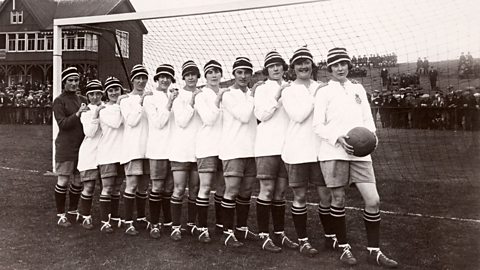History is filled with women who took a stand in an attempt to redress the balance in gender inequality.
Whether sport, suffrage or civil rights, many took up the fight to varying degrees of success. Here are seven of those women - and their stories. You may not recognise all the names on first reading but their fighting spirit is undeniable.
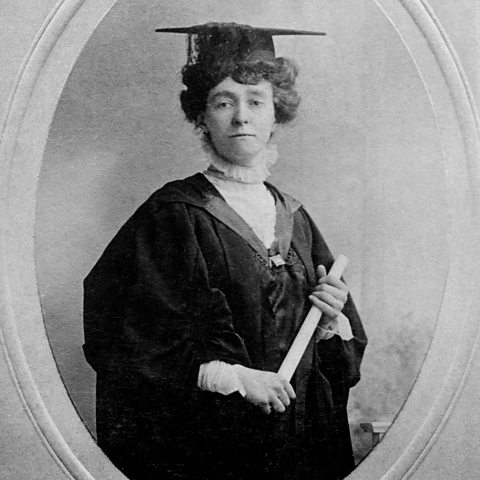
Emily Wilding Davison
There are two suffragettes on this list. The first, Emily Davison, paid the ultimate price in the ongoing battle to gain votes for women.
"While by the beginning of the 20th century campaigners had made huge progress, frustration grew as the Liberal government repeatedly stopped women's suffrage bills from becoming law. The suffragette movement saw protesting as the only way they could get wider attention for their cause. Many suffragettes were sent to prison and went on hunger strike.
On 4 June 1913, Emily decided to protest at the Epsom Derby. With around half a million people in attendance, including the King and Queen, it was the perfect arena in which to make a statement.
King George V had a horse in the race, called Anmer, which Emily targeted. Tattenham Corner was the final bend before the home stretch and it was here that Emily headed out onto the track and reached up for Anmer's reins. As she made contact with the horse, it was the equivalent of being hit by a car travelling at 35mph. She died in hospital four days later. Many think her death was intentional, but others say she was just trying to disrupt the race to make a statement. Whatever her motivation, this was a key moment in the suffragette movement.
Five years later, women over the age of 30 were given the vote. When suffragette Emmeline Pankhurst died in 1928 Herbert Jones, the King's jockey, laid a wreath at her funeral in honour of both her and Emily Wilding Davison.

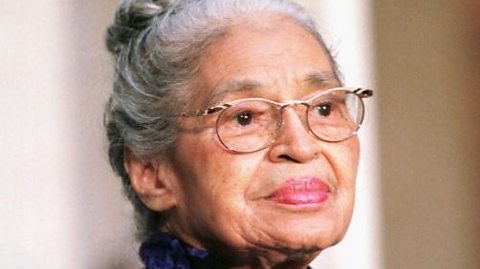
Rosa Parks, civil rights activist
The woman who refused to give up her seat on a segregated bus in Montgomery, Alabama, is inextricably linked with the American civil rights movement.
That small act of disobedience in December 1955 created large ripples. In retaliation for Parks being arrested over the incident, black people boycotted Montgomeryтs buses for more than a year. This led to many vehicles lying disused at the depot and the US Supreme Court ultimately ruling bus segregation as unconstitutional.
It was a significant step forward for civil rights. There were other battles to come and Rosa, who lived to be 92, became a figurehead for the fight for equality and fairness in American society.

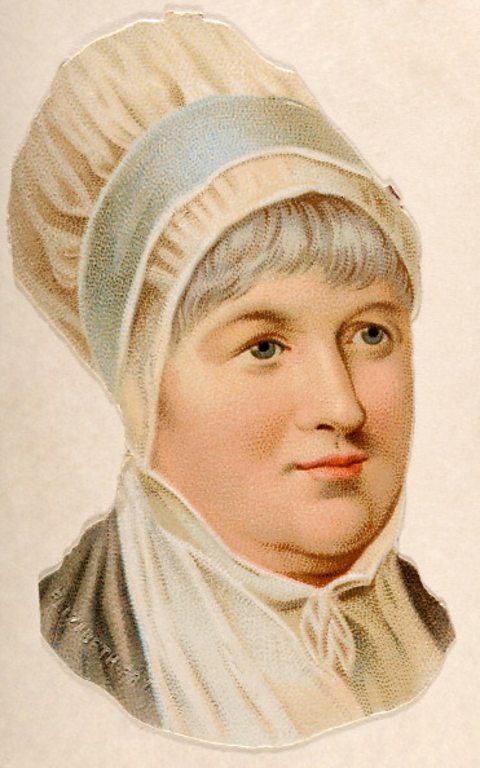
Elizabeth Fry, prison reformer
The former face of the Bank of England five pound note, Elizabeth Fry was a philanthropist and social reformer who fought to ensure prisoners were treated more humanely.
A Quaker who had already campaigned to abolish the slave trade, it was her visit to Newgate Prison in 1813 which prompted Fry to speak out against poor conditions. She saw women and children crowded together in one section, cooking their own food and forced to sleep on straw. She returned back the following day with supplies for them.
Her work continued over the years and was admired by Queen Victoria and Prime Minister Robert Peel. An advocate of rehabilitation over punishment, Fryтs ideas and practices led to the Gaols Act of 1823 which strove to improve conditions on a permanent basis. A womenтs refuge was opened in London four years after her death to mark her legacy.
Bessie Coleman, aviator
She was only 34 when she died but during her brief life, Bessie Coleman made a stand against both racial and gender prejudice by becoming the first African-American woman to successfully train as a pilot.
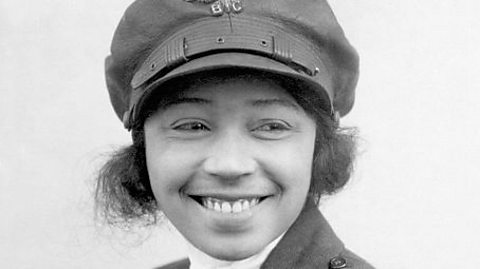
It was no easy task. Bessie, born in 1892 had to travel to France to learn her trade as no flying school in the US would accept a student who was either black, female or both. She even learned French in order to complete the application form.
Her stand didnтt stop there. Her skills in looping the loops and performing figure-of-eight manouevres made Bessie a popular attraction in the 1920s when aviation was a novelty. But she refused to perform to segregated crowds or give talks anywhere that discriminated against the black community.
Thanks to Bessie, more women and African-Americans were encouraged to learn to fly. She was killed during a test flight in 1926 but continues to be remembered for her pioneering spirit.
Alice Milliat, athlete
If you loved cheering Jessica Ennis-Hill all the way to gold during London 2012тs Super Saturday, you have Alice Milliat in part to thank.
In the early 20th century men dominated the Olympic Games with womenтs participation restricted to sports such as golf and archery. There were no female track and field medals to be won - until Alice came along.
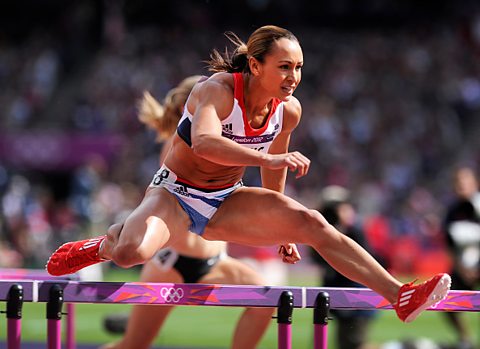
Born in 1884 in France, Alice was a keen rower who had unsuccessfully campaigned for the Games to include womenтs athletic events.
In 1921, she founded La FУЉdУЉration Sportive FУЉminine Internationale (FSFI), to ensure international womenтs sporting events could take place to some extent. In 1922 in Paris, the FSFI organised the first Womenтs Olympics Games, held every four years.
The use of the word тOlympicsт in the title did not please the International Olympic Committee (IOC) and talks began between the two bodies. They paid off. If the FSFI agreed to change the name of its sporting festival, 10 womenтs events, including athletics and gymnastics, would be introduced to the programme of the 1928 Olympic Games in Amsterdam.
The FSFI agreed, calling their next event the Women's World Games. More women began to be included in the Olympic Games with numbers growing over time.
At London 2012, each participating country sent a female athlete to the Games for the first time ever.
Annie Kenney, suffragette
Emily Davison and the Pankhursts may be synonymous with the movement to secure voting rights for women but in recent years another, equally important, name has come to the fore.
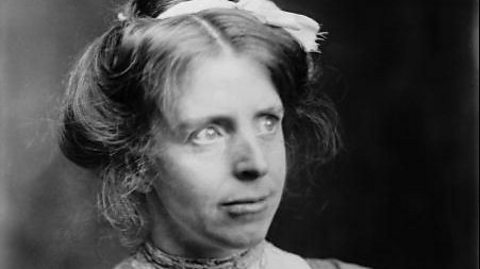
Oldhamтs Annie Kenney was one of 12 children. She began working at a cotton mill at the age of 10 and was encouraged by her mother to read as much possible. One article she read inspired her to join the Independent Labour Party and it was through this she heard Christabel Pankhurst speak about womenтs rights in 1905. This encouraged her to become an active member of the Womenтs Social and Political Union, an organisation fighting for female suffrage but mainly led by the middle and upper classes.
Imprisoned 13 times as she campaigned for female suffrage, one of Kenneyтs arrests came after she asked her townтs MP, Winston Churchill, about voting rights for women during a political rally.
She died in 1953, old enough to witness the fruits of a successful Votes For Women campaign. In December 2018, her statue was unveiled outside Oldham Town Hall.
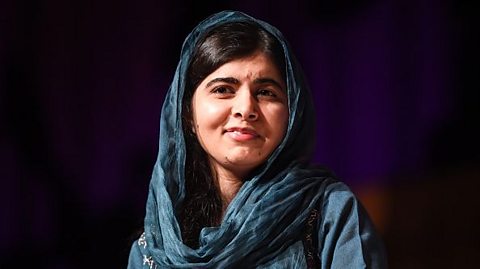
Malala Yousafzai, activist
The youngest-ever Nobel Prize laureate, Malala first came to global attention in 2009. A blog she wrote about her life as a student in northern Pakistan, where it was frowned upon for females to attend school, led to her face being seen around the world. The South African cleric Desmond Tutu nominated her for the International Childrenтs Peace Prize.
Unfortunately, that public profile also made her a target. In October 2012, Malala and two other girls were shot by a Taliban assassin. Despite being hit in the head, Malala recovered after being transferred to a hospital in the UK.
She continues to speak out on the importance of education for everyone and has gone on to study for a degree in philosophy, politics and economics at the University of Oxford.
This article was published in March 2019

The LGBT icons you need to know about
They took a stand in an attempt to bring about change.

Six inspiring stories from incredible young people
Success isn't only reserved for adults. These young people did some incredible things, and you can too!
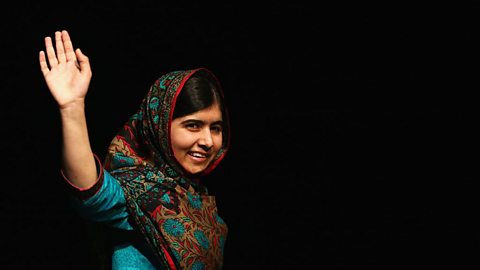
What impact did WW1 have on women's football?
A big one, as it turns out.
